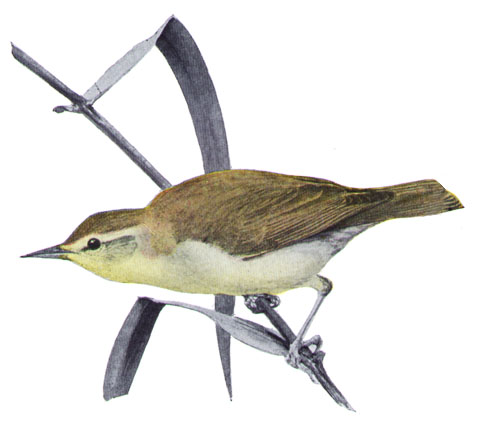Pictured above is Swainson's Warbler, one of the many species named by William John Swainson, ornithologist, all-round naturalist and pioneer of the use of lithograhy in zoological illustration. Swainson was a survivor of the bitter classification wars that raged through much of the 19th century (and still do today, in the form of the great Splitters v Lumpers debate). Swainson was an enthusiastic proponent of the Quinarian system of classification (don't ask) developed by William Sharp Macleay – a system that soon fell out of favour. Both Macleay and Swainson emigrated to Australasia (no mean endeavour in those days), Macleay to Australia, Swainson to Wellington, New Zealand, where he bought a huge tract of land – which was promptly claimed by a Maori chief, leading to much legal wrangling.
A visiting American, finding both Macleay and Swainson living in the Antipodes, speculated that they must have been sent into exile 'for the great crime of burdening zoology with a false though much laboured theory which has thrown so much confusion into its classification and philosophical study'.
In 1851 Swainson sailed to Sydney and took up a post as Botanical Surveyor with the Victoria government. His efforts were not well received. William Jackson Hooker opined that 'In my life I think I never read such a series of trash and nonsense. Here is a man who left this country with the character of a first-rate naturalist and of a very first-rate Natural History artist, and he goes to Australia and takes up Botany, of which he is as ignorant as a goose.' Another critic described Swainson's botanical work as 'an exhibition of reckless species-making that, as far as I know, stands unparalleled in the annals of botanical literature'. Scientists didn't mince their words in those days.
Swainson returned to Wellington in 1854, and died on this day in the following year.
Subscribe to:
Post Comments (Atom)


No comments:
Post a Comment